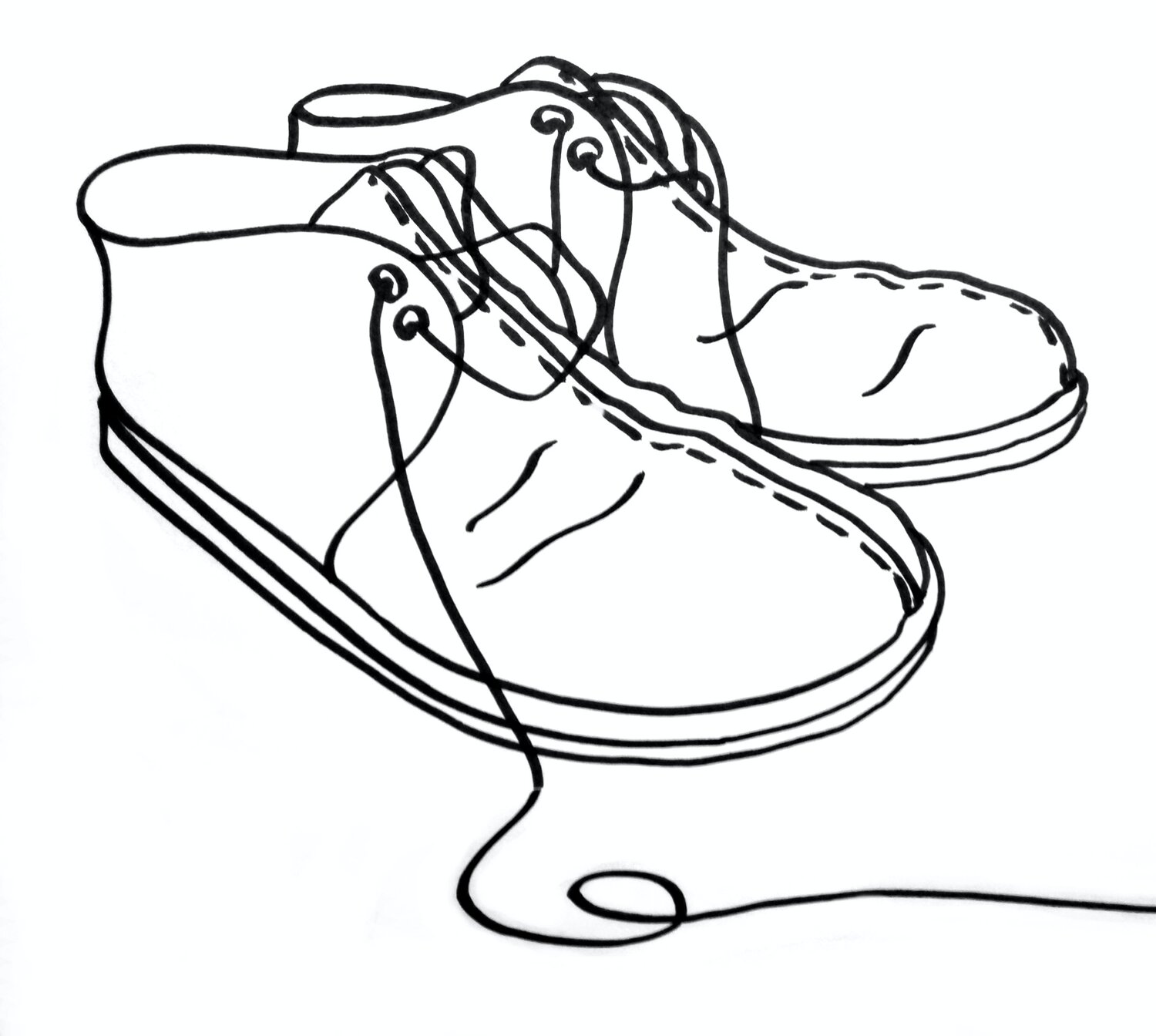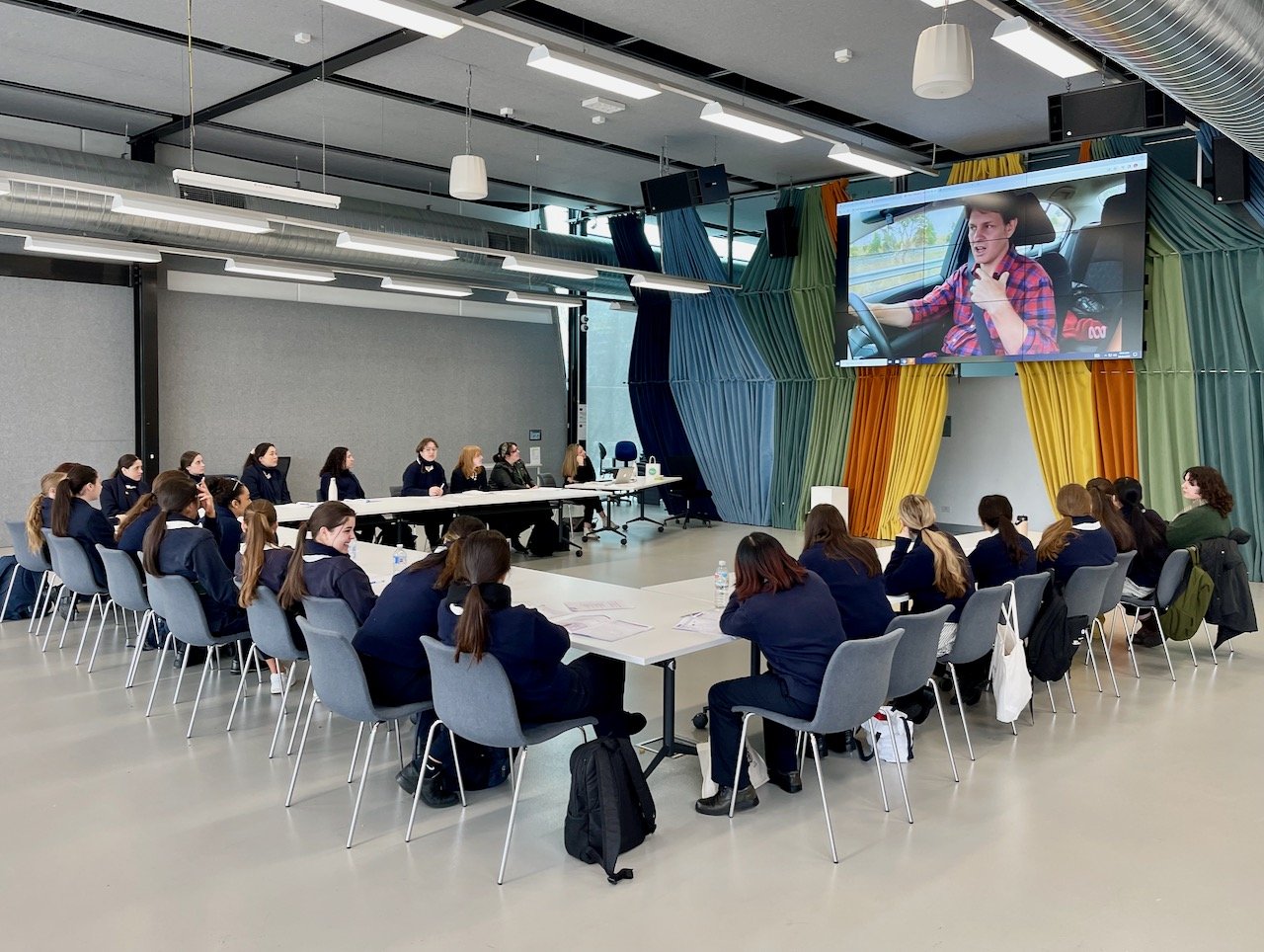Sneaker Deconstruction as Project-Based Learning
It was my pleasure recently to run a Project-Based learning workshop at RMIT University with a class of year-10 students from Melbourne’s St. Columba’s College.
The workshop adapted the ‘This is not a shoe’ activity, developed through the research project ‘The Affordances of Affordance Theory for Sustainable Design Pedagogy’, to teach high school students about the environmental impacts of fashion and footwear production.
The project also presented an opportunity for collaboration between RMIT’s College of Vocational Education and the College of Design and Social Context in the School of Fashion and Textiles, combining the expertise of lecturers in fashion design (Dr Alexandra Sherlock and Dr Pia Interlandi) and custom-made footwear (Andrew Robinson).
The project opened with a discussion about fashion and sustainability, after which students were taught how to deconstruct and upcycle a pair of worn-out shoes donated by members of the local Merri-Bek Hard Rubbish Rescue group. They were then asked to use their observations of the challenges and opportunities encountered during the upcycling process to inspire ideas that could help to reduce the vast numbers of shoes that end up in landfill each year.
Throughout this process, students learned about circular approaches to fashion and footwear design - where waste is designed out of the production/consumption process - and were encouraged to consider solutions such as:
Alternative design, materials or construction that enables decomposition or disassembly for recycling or repair.
Initiatives that encourage prolonged use.
Upcycling initiatives, processes or business ideas.
A project to generate awareness of footwear waste (ie. artworks, performances, workshops, educational initiatives, interventions etc)
Business models that provide alternatives to the linear 'take, make and dispose' product lifecycle.
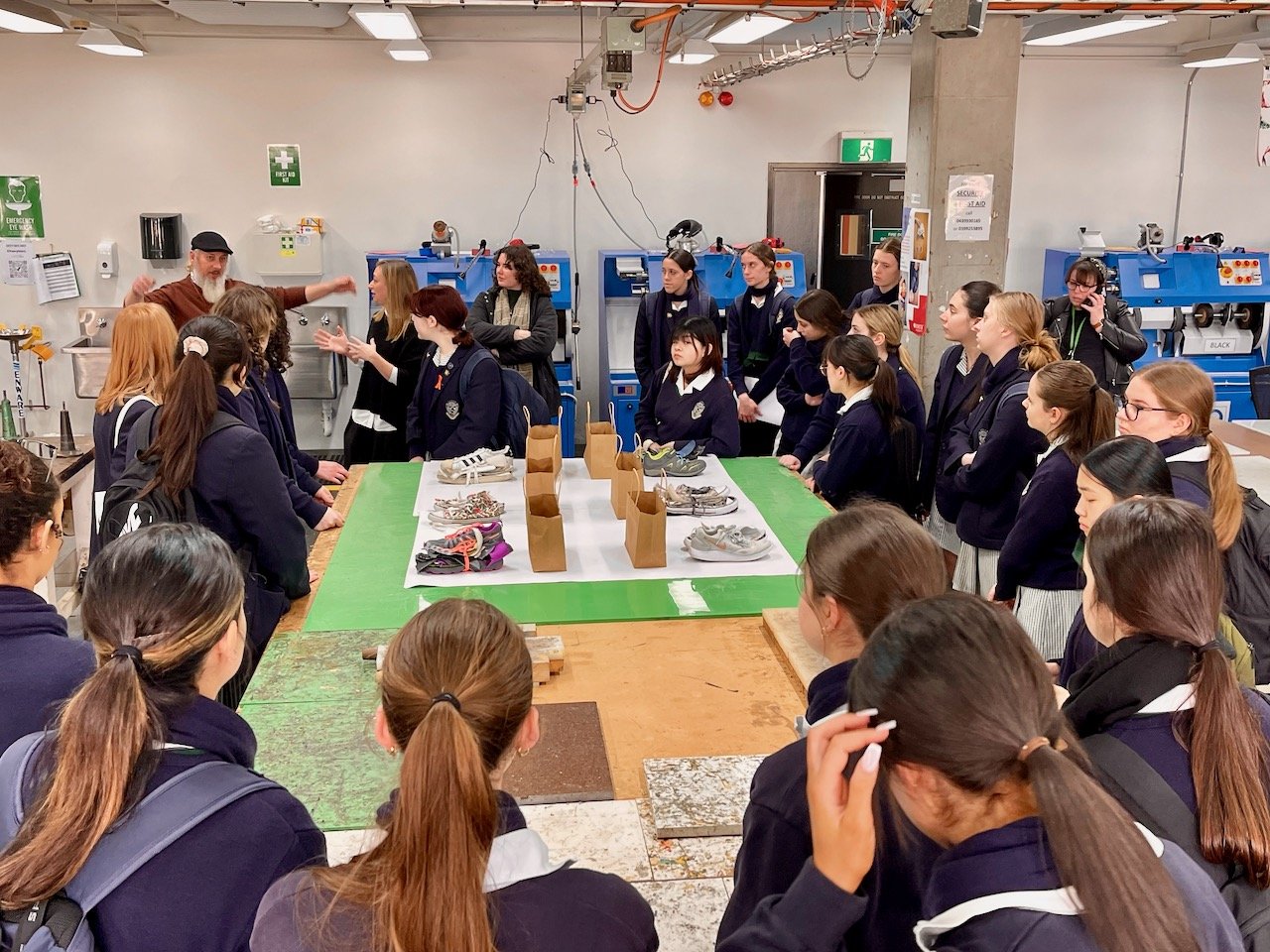
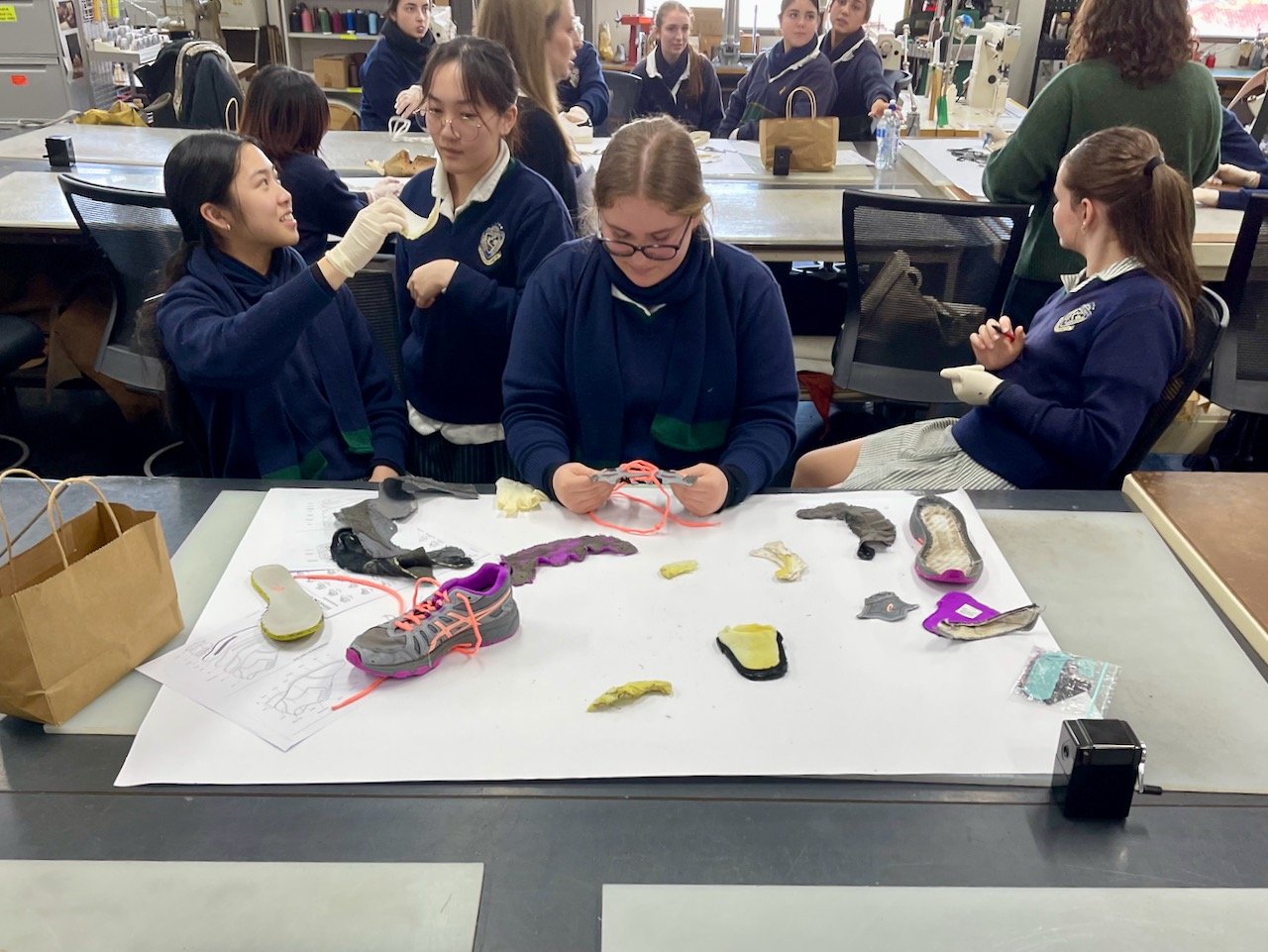
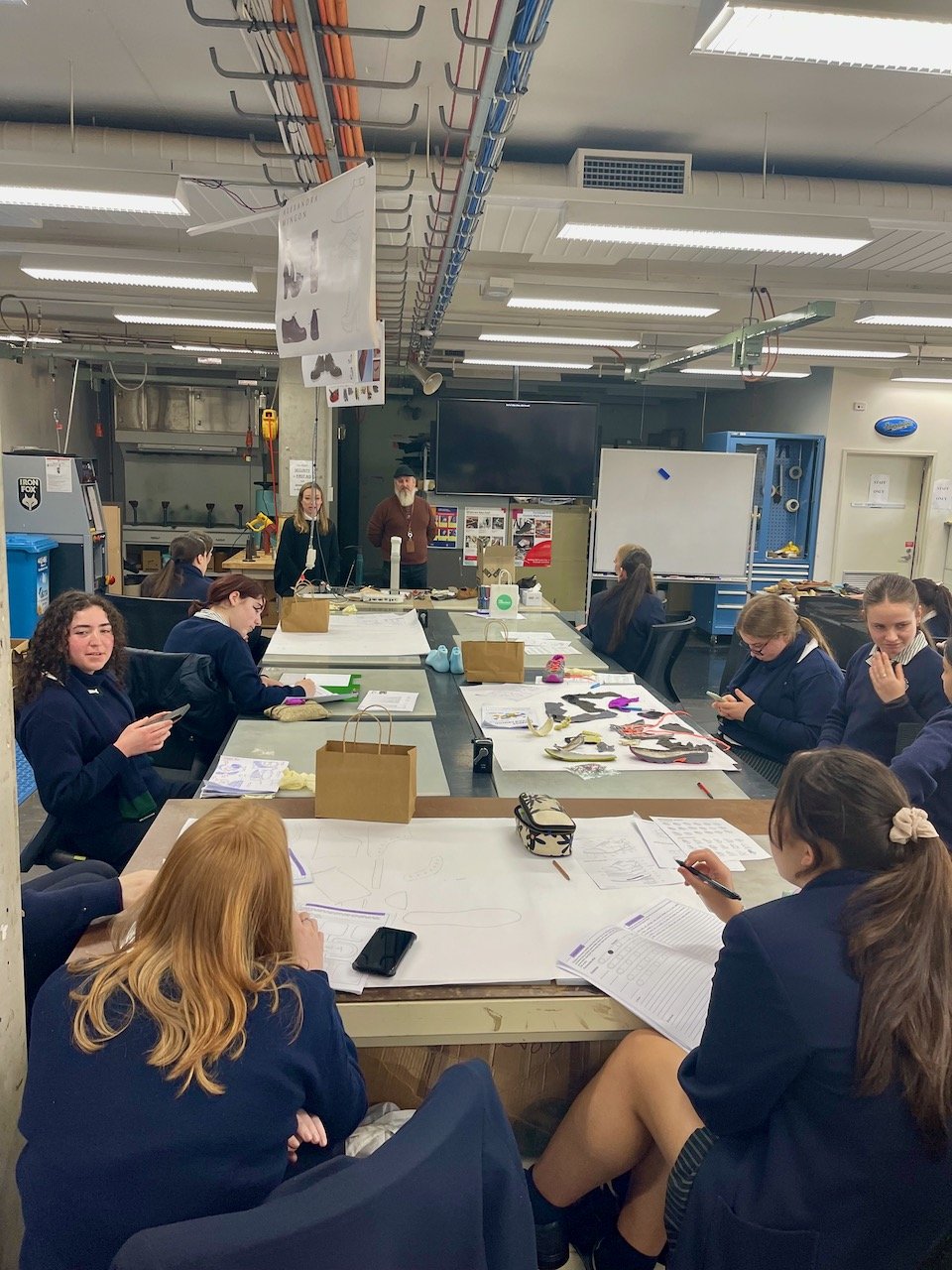
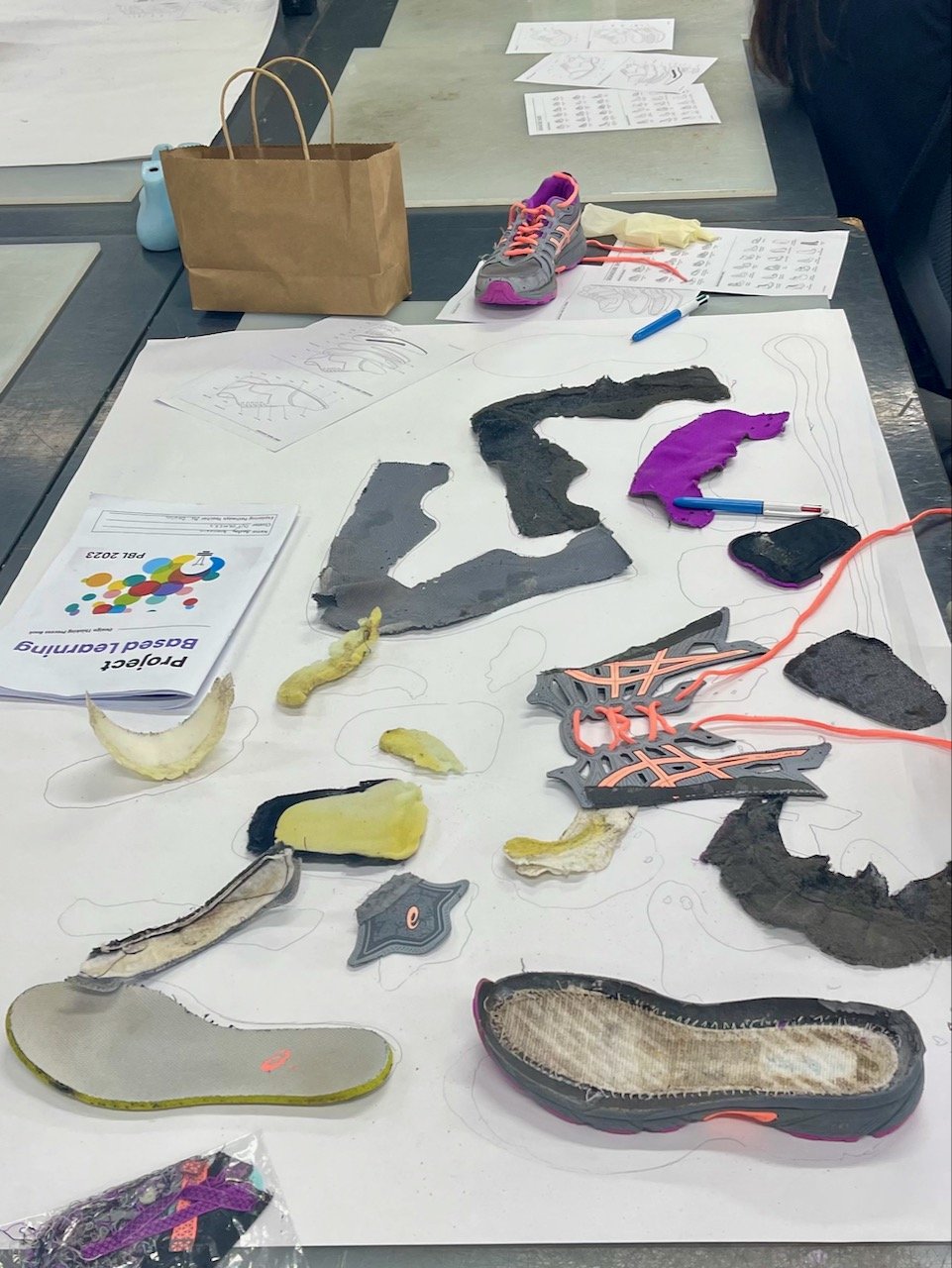
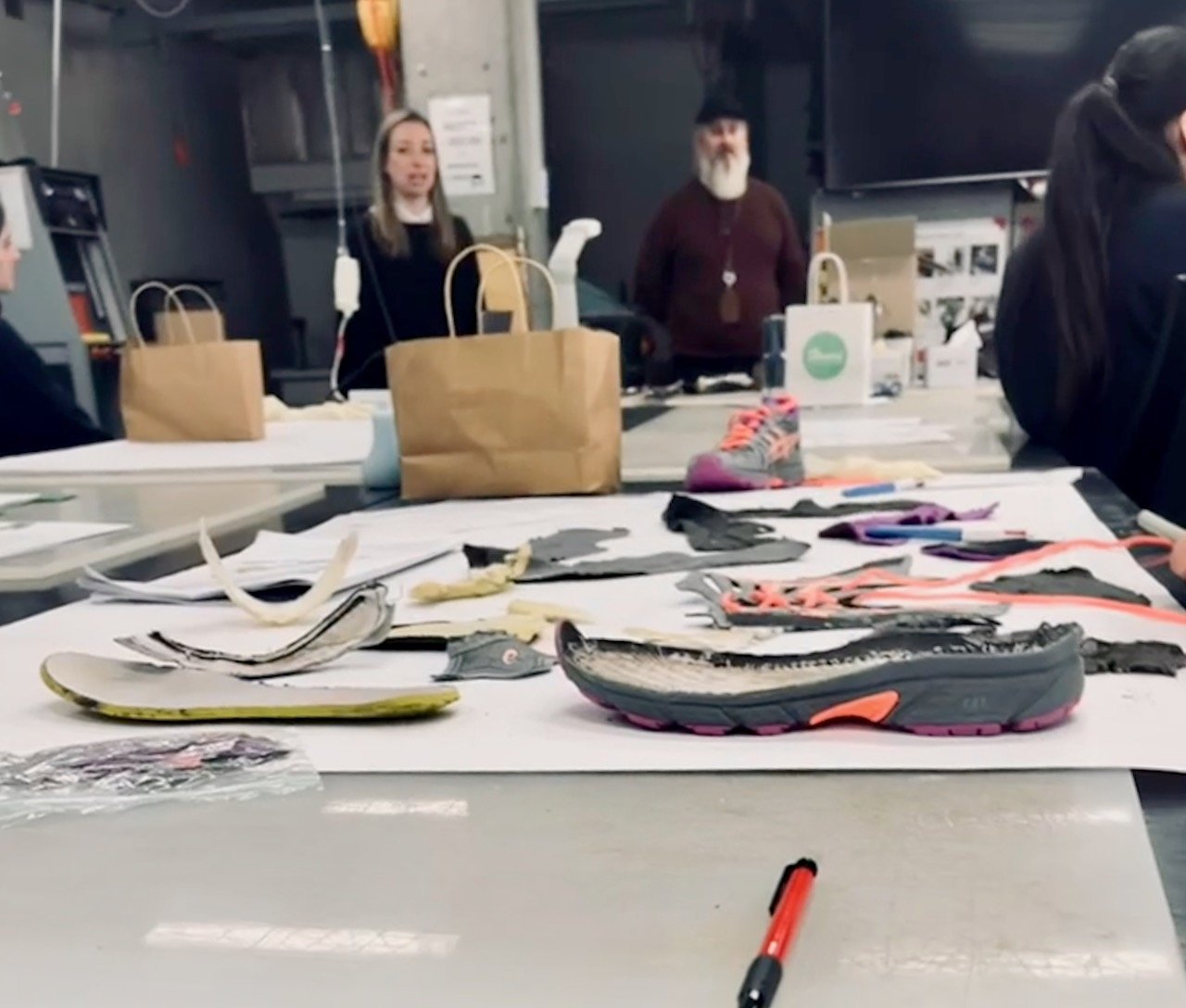
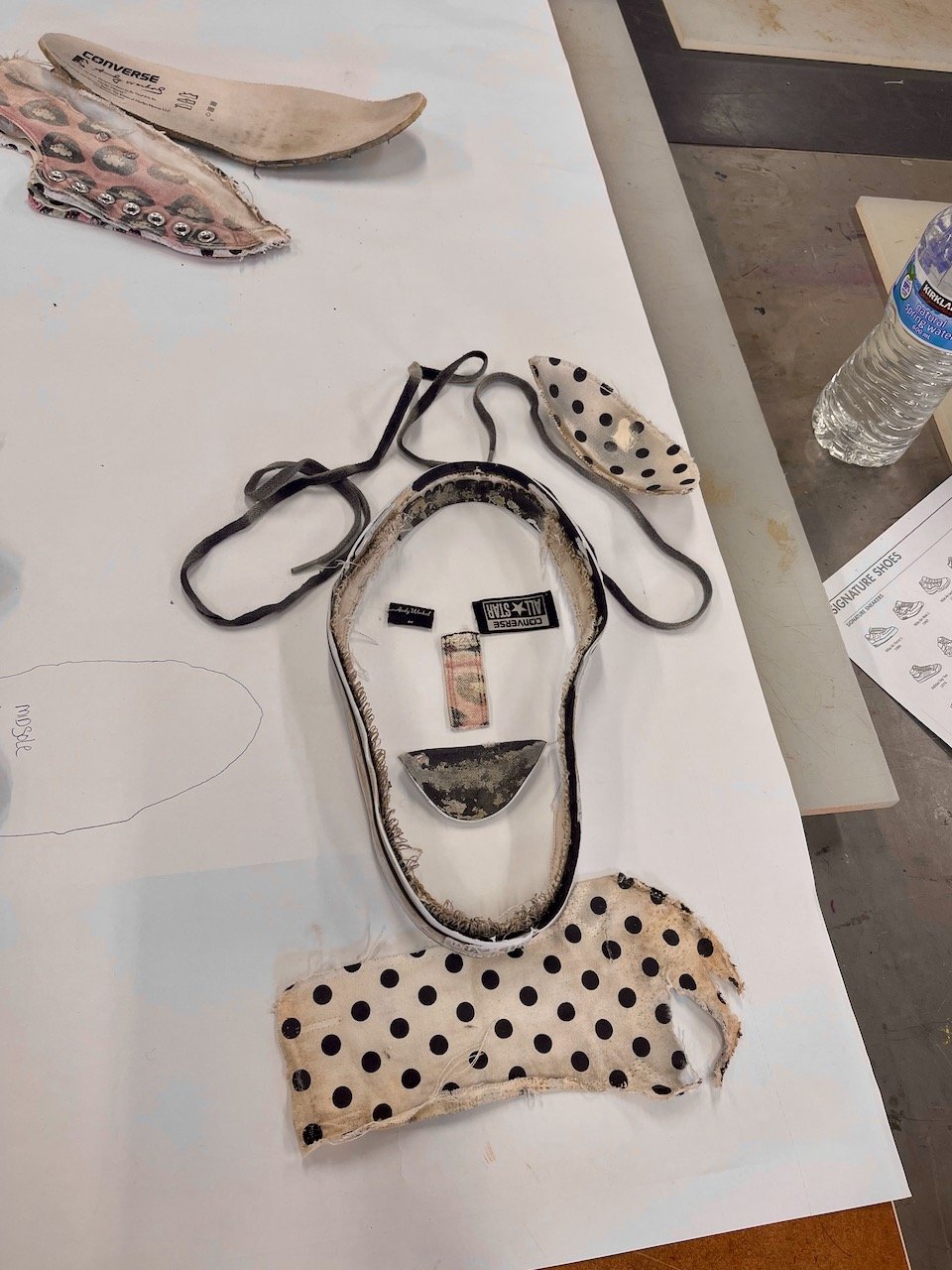
The end of the week saw a range of wonderful presentations and artefacts demonstrating that students had engaged deeply with the challenges associated with fashion and footwear in relation to sustainability.
Outcomes included rollerskating wrist-guards a wrist band and knee-pads made from a pair of Merrell hiking shoes (previously belonging to ‘Hugo’), a decorative dog harness and pet accessory made from a pair of Kids ASICS, sporting shin-pads and wrist guards from Nike runners, a clutch bag from a pair of Converse-style high-tops, a jewellery holder from a Kmart plimsole and a cross-body bum-bag from a pair of Adidas Superstars.
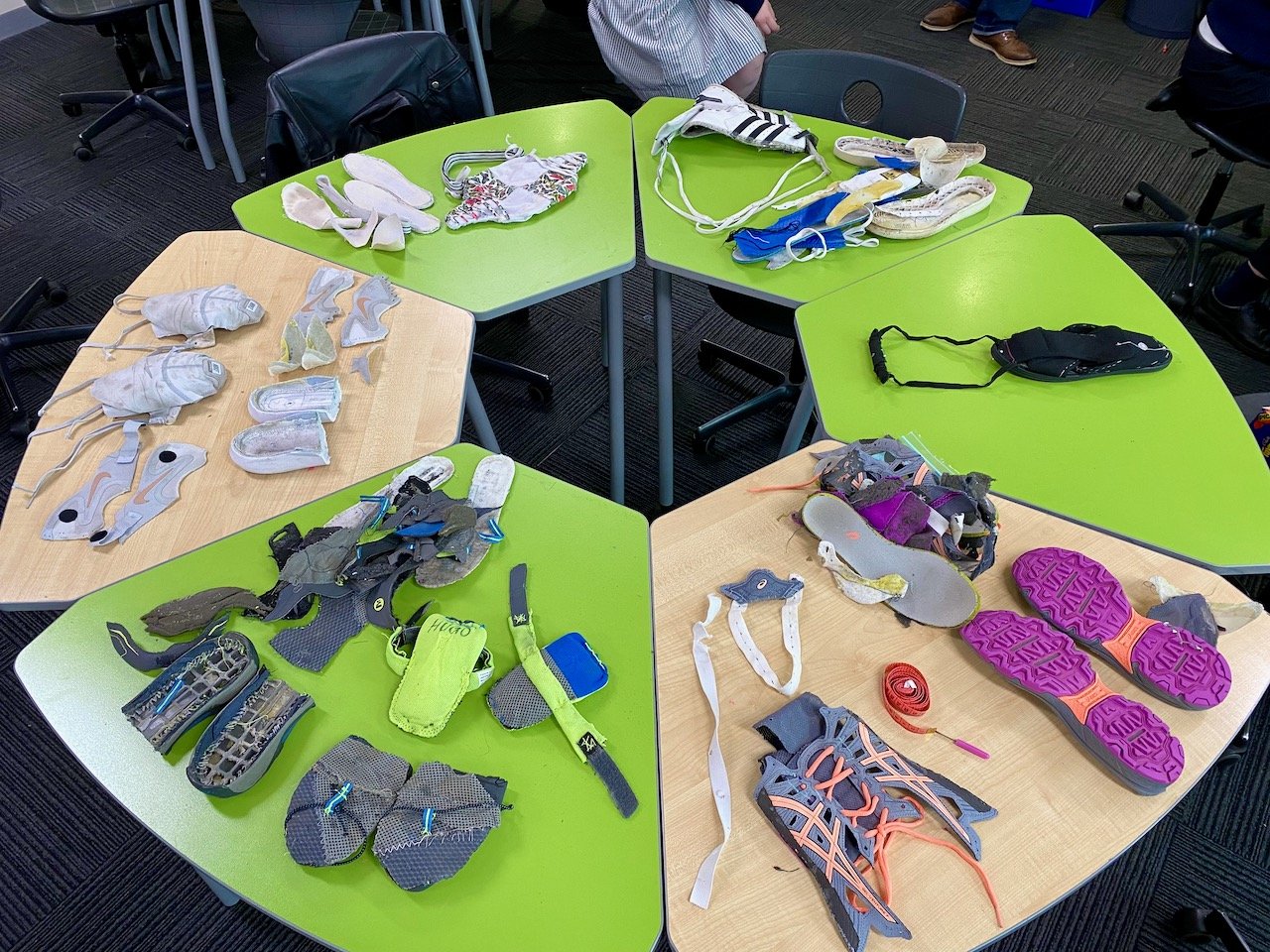
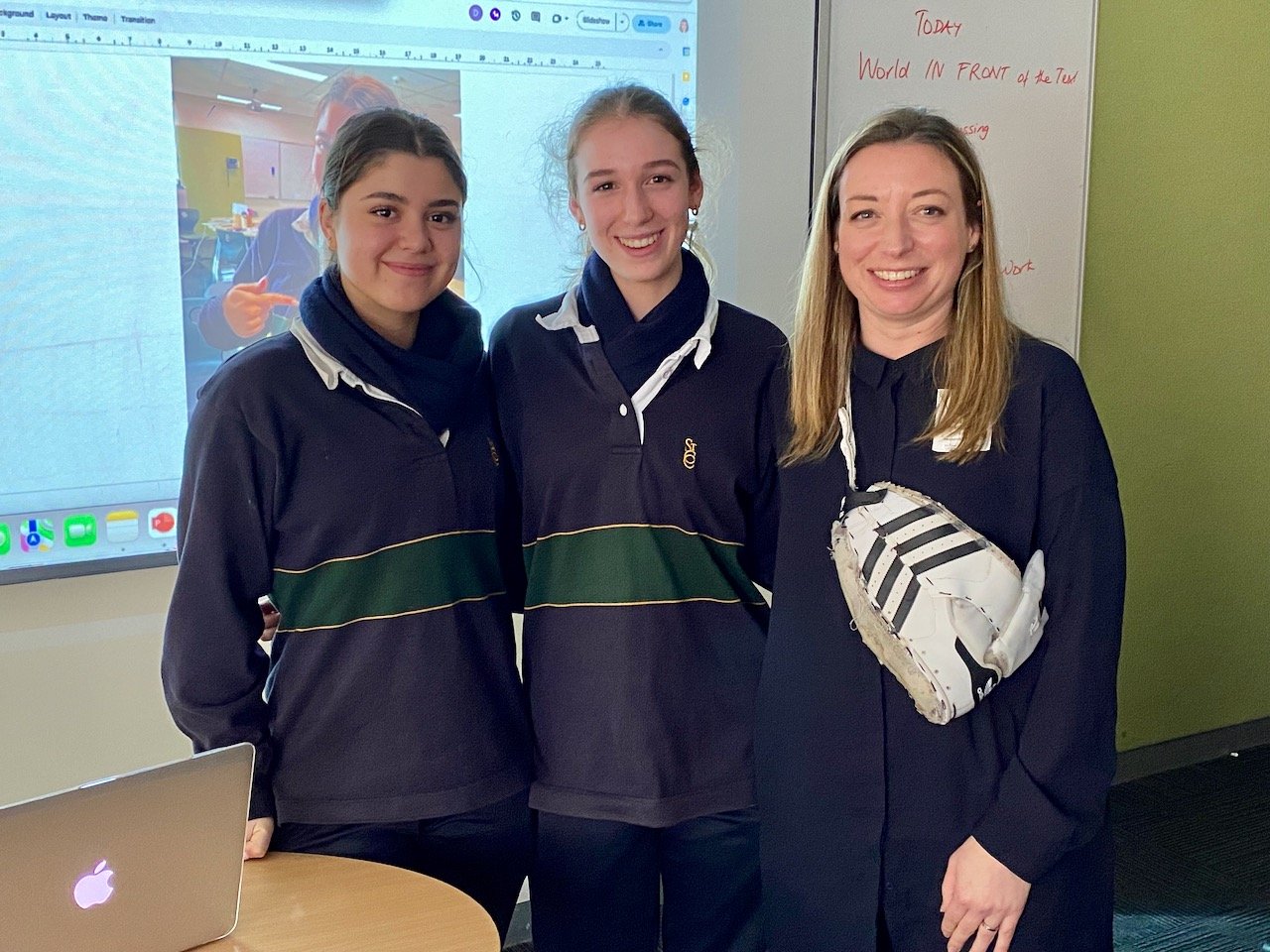

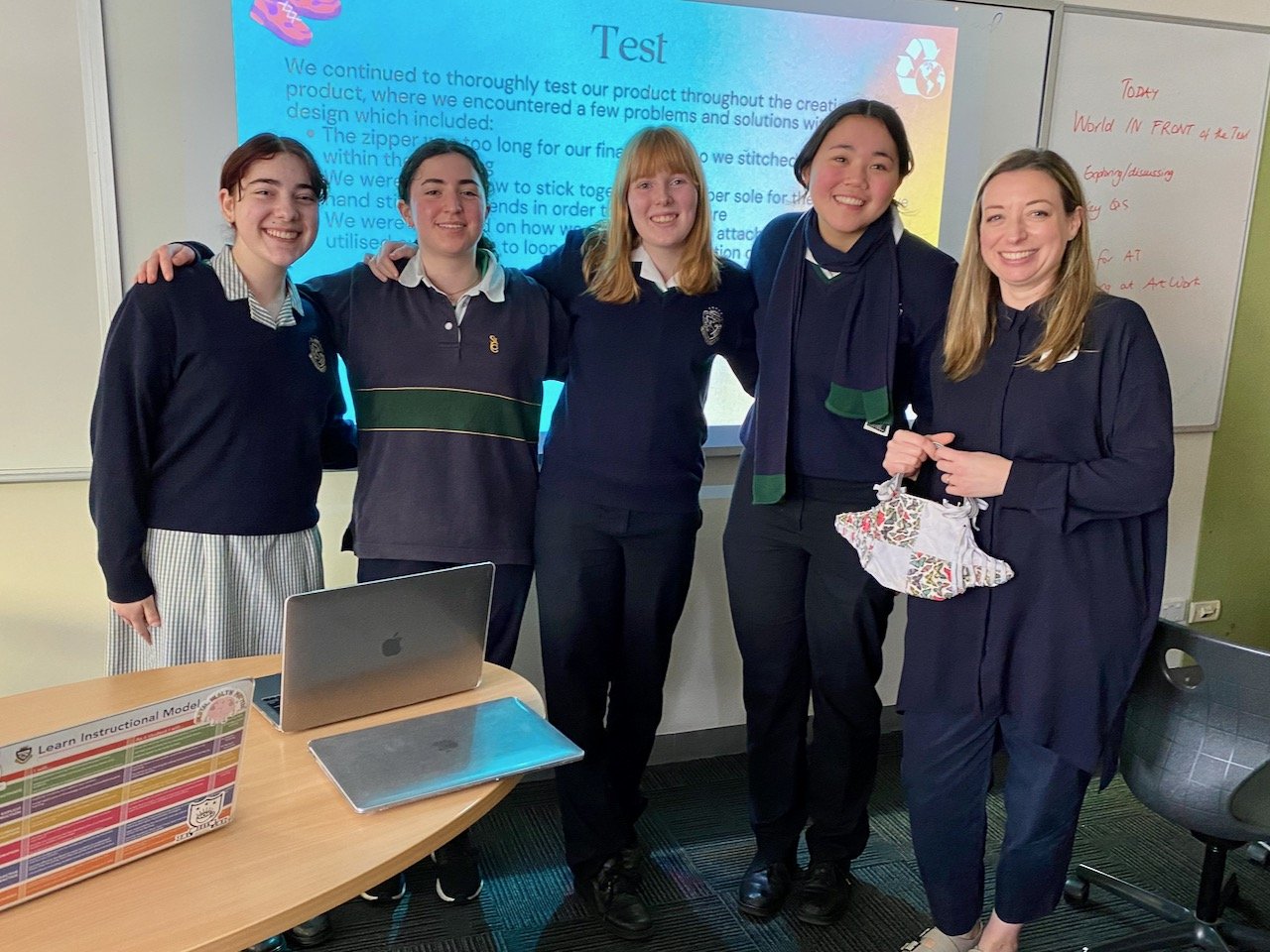
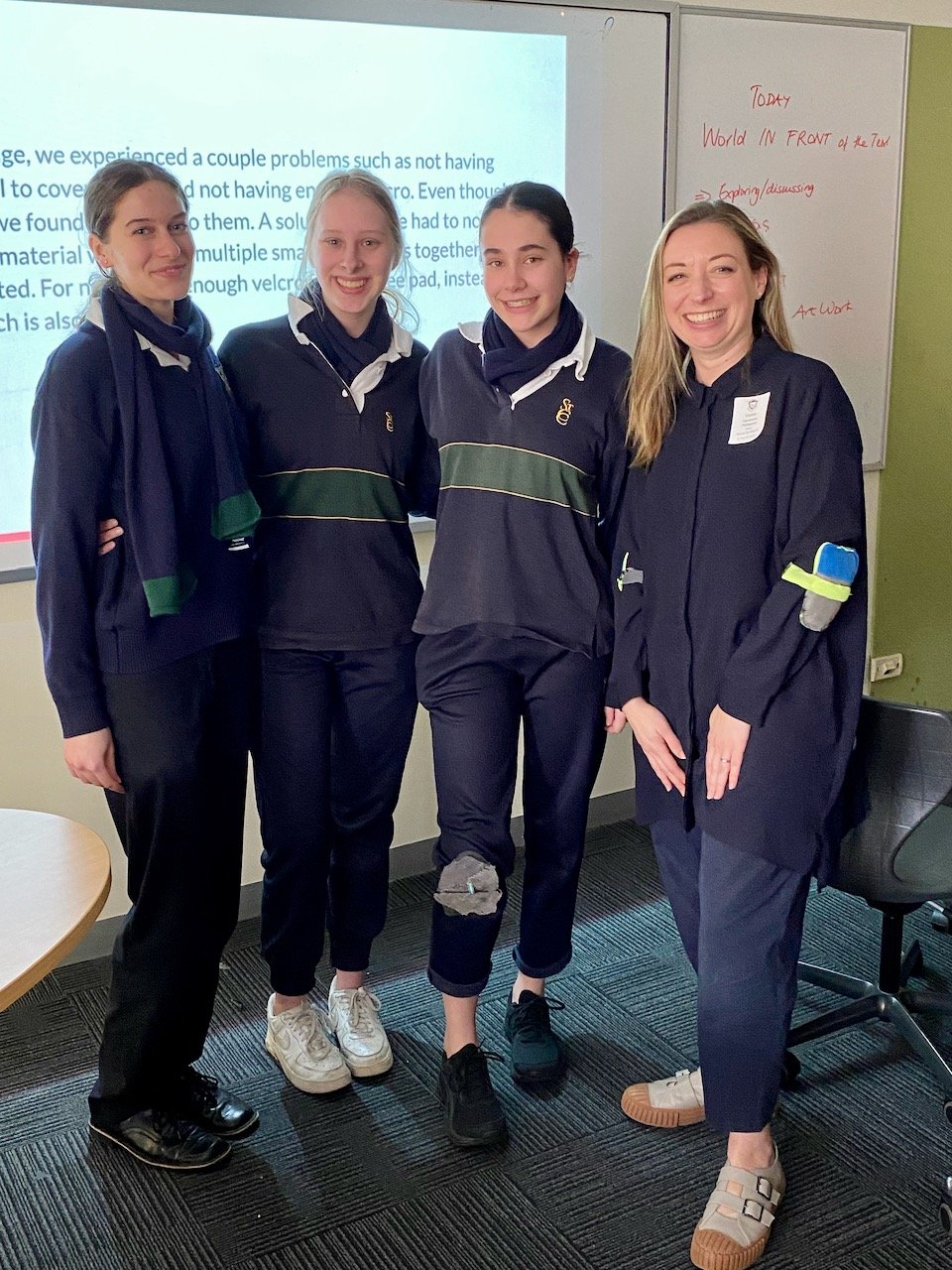
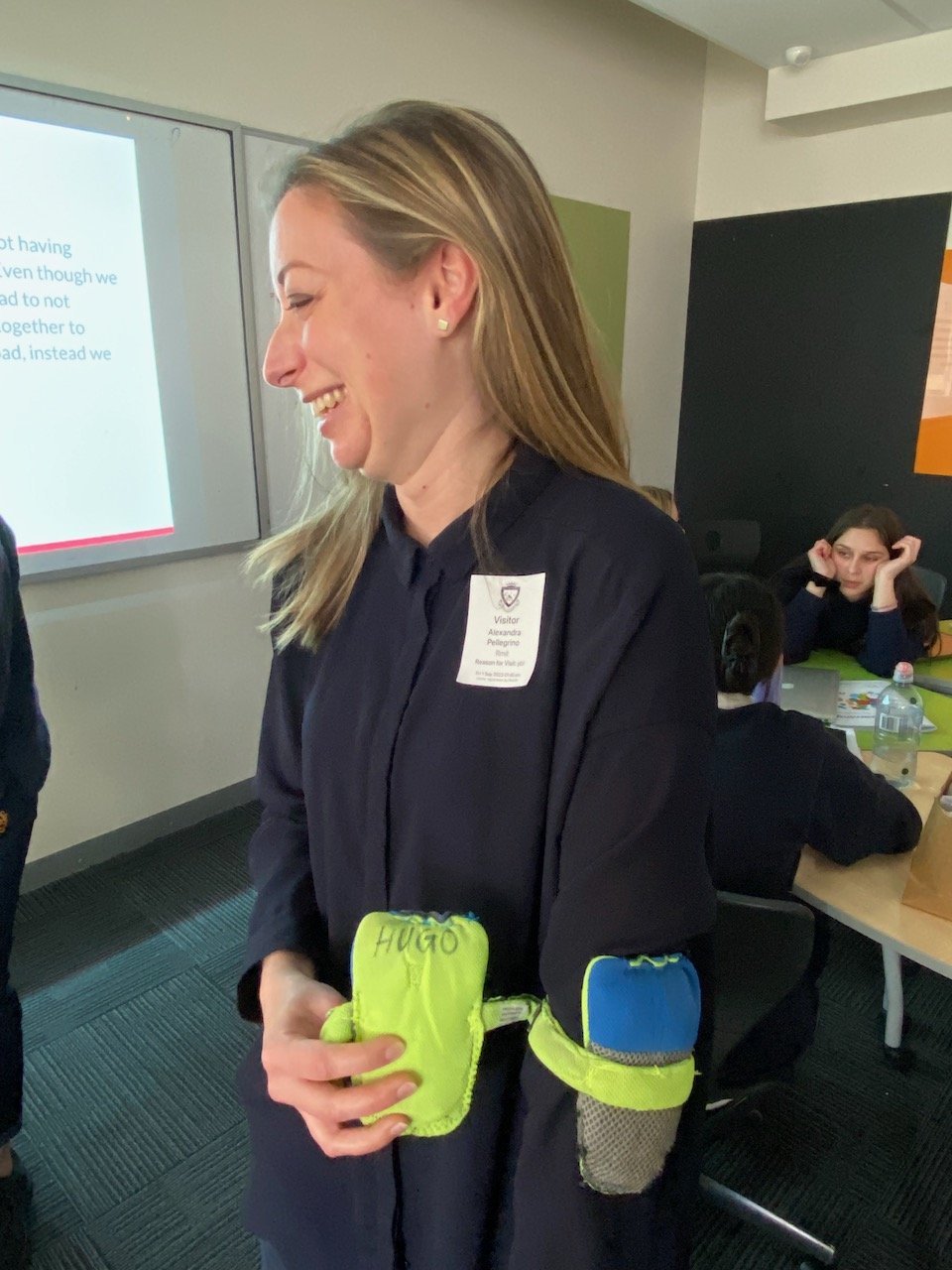


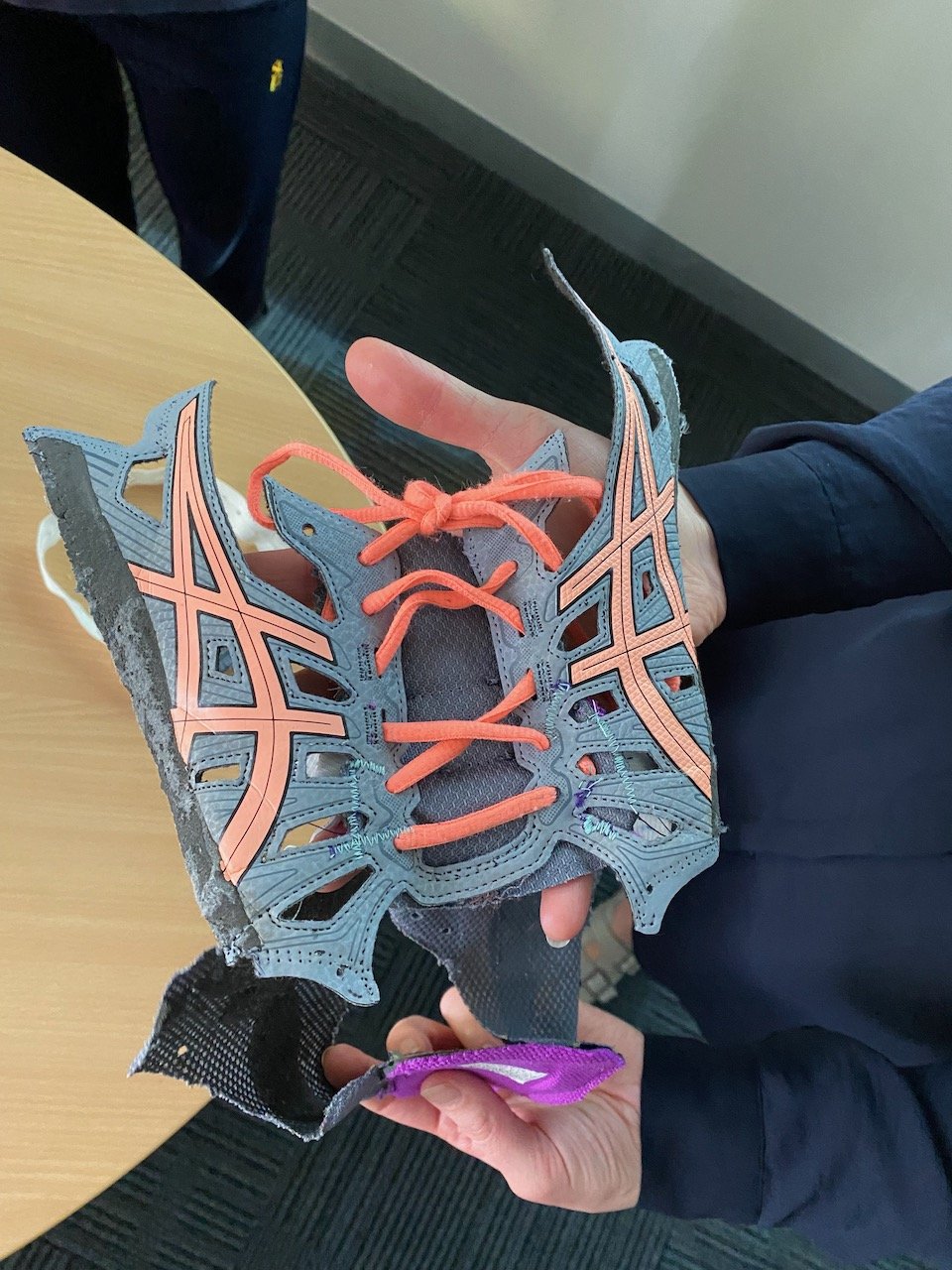
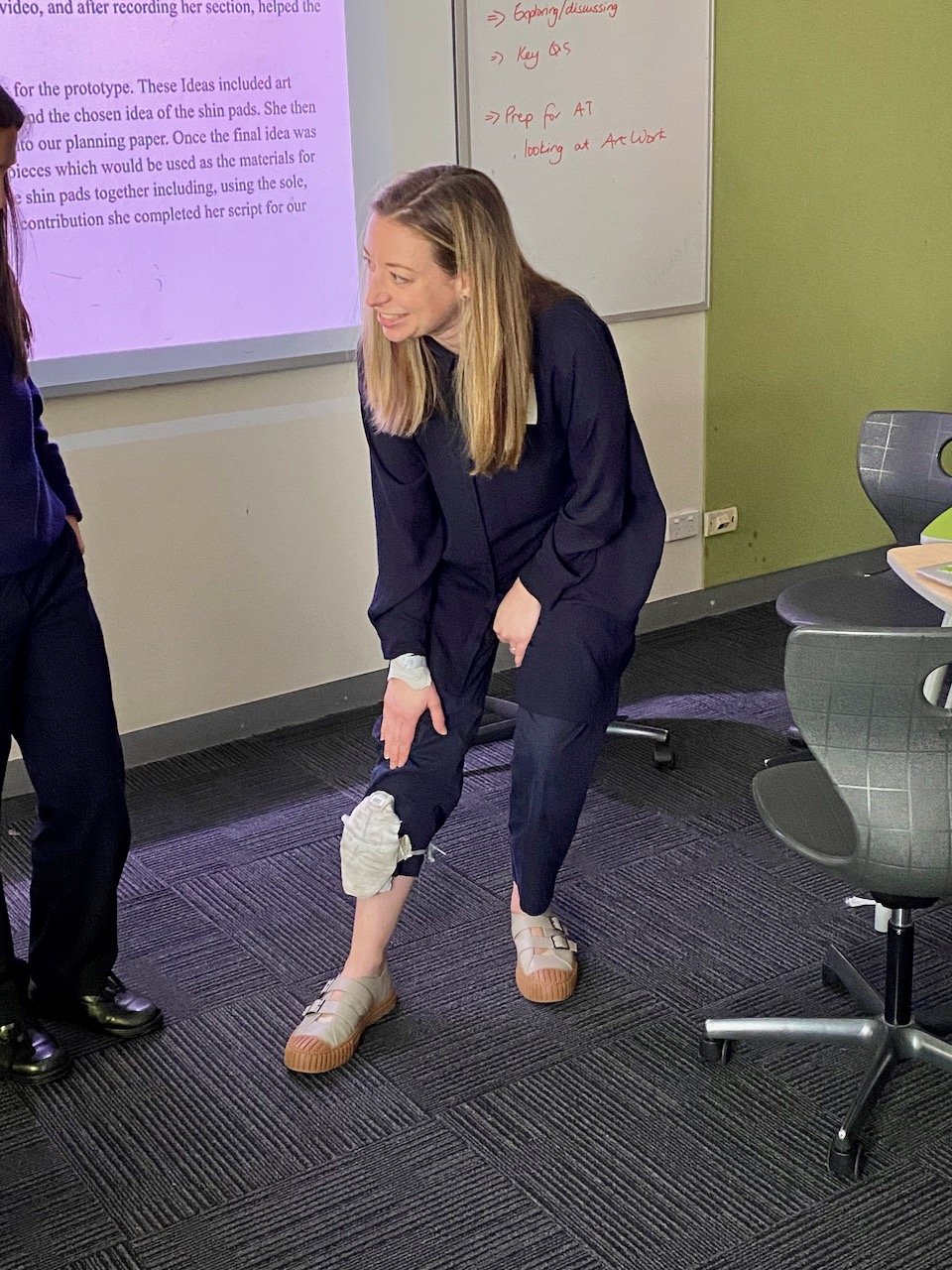
As had been found in the foregrounding research, the deconstruction process proved particularly challenging for the students; while one of each pair had been pre-deconstructed to save time, attempts to deconstruct the second pair - particularly when separating the sole from the uppers - revealed many of the problems associated with disassembling sneakers for recycling or repair. Additionally, finding solutions for utilising the soles was challenging, highlighting the value of initiatives such as Victoria-based Save Our Soles, who recycle discarded sports shoes and tyres into rubber mats.
Ultimately, the deconstruction and up-cycling activity helped to reconceptualise post-consumer fashion waste for the students, demonstrating the potential value of ‘waste’ materials and the kinds of decisions that need to be made at the design and production phase to ensure footwear materials can have a future life beyond their original purpose.
To learn more about the rise of sneaker culture, the environmental impacts of the world's sneaker obsession, and what brands and consumers can do to make a difference, listen to my interview for ABC’s Triple J Hack:
